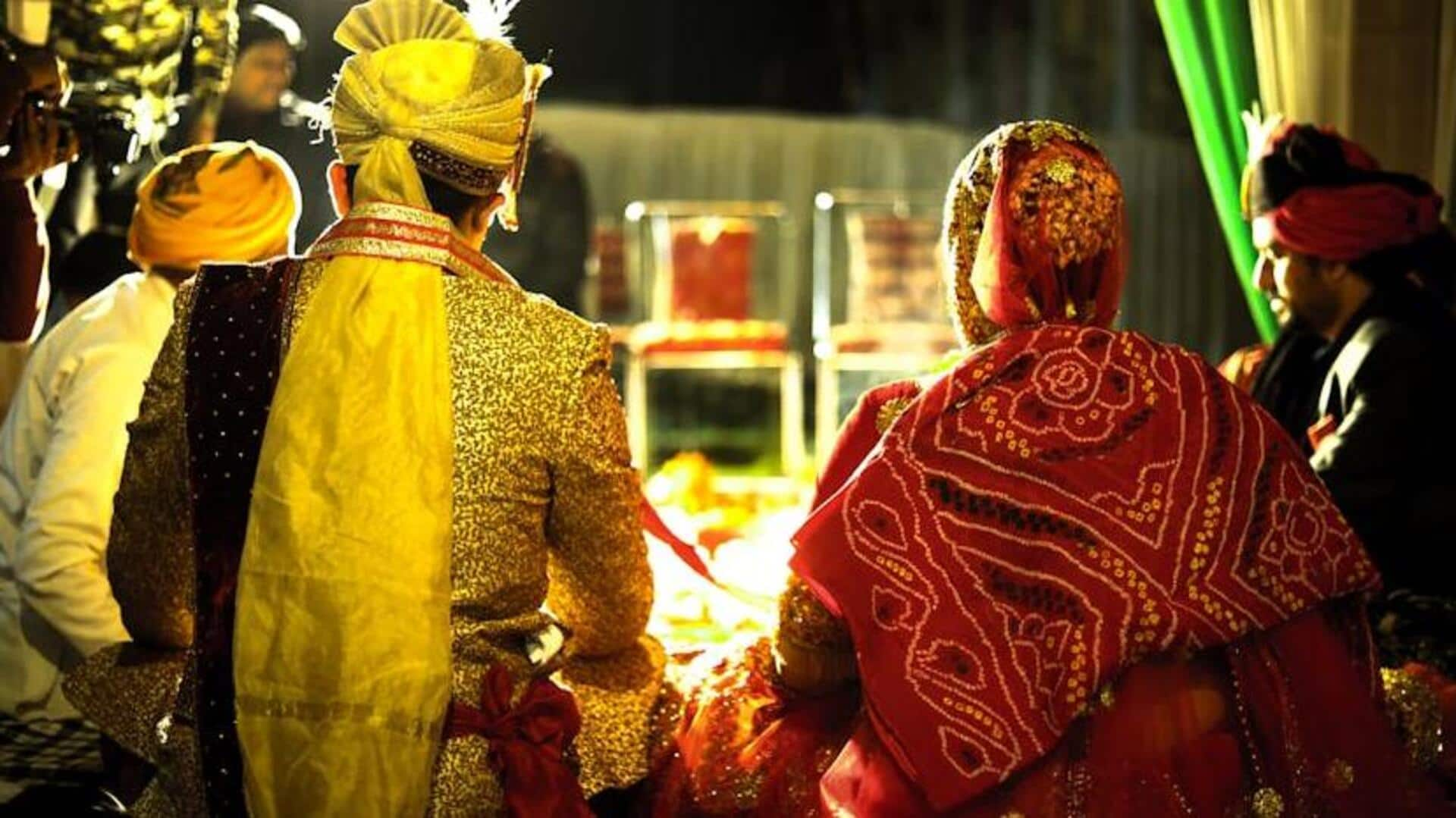Weddings , universally celebrated as expressions of love, exhibit remarkable diversity in their customs around the globe. Among these, bridal attire stands out, varying significantly across different cultures. This article embarks on a global exploration of the rich variety of wedding dresses, offering insights into their historical roots, symbolic meanings, and how they are being reinterpreted in contemporary contexts.
The elegance of Indian lehengas In India , the bridal lehenga is more than just wedding attire; it's a piece of art steeped in tradition. Typically comprising a long skirt, blouse, and dupatta (shawl), it's known for its intricate embroidery and vibrant colors. Modern brides often blend traditional designs with contemporary trends, choosing unique color combinations and patterns while respecting cultural heritage.

Japan's timeless kimonos Japanese brides often wear a white kimono called shiromuku during traditional Shinto weddings. This attire symbolizes purity and maidenhood. The kimono is paired with elaborate accessories like the tsuno-kakushi , a headpiece that covers the bun to symbolize obedience.
Contemporary brides might opt for colored kimonos for receptions or pre-wedding events to add personal style while honoring tradition. The classic western white gown The white wedding dress became popular in Western cultures after Queen Victoria wore one at her wedding in 1840. Symbolizing purity and innocence, this trend has evolved over time with varying styl.
















